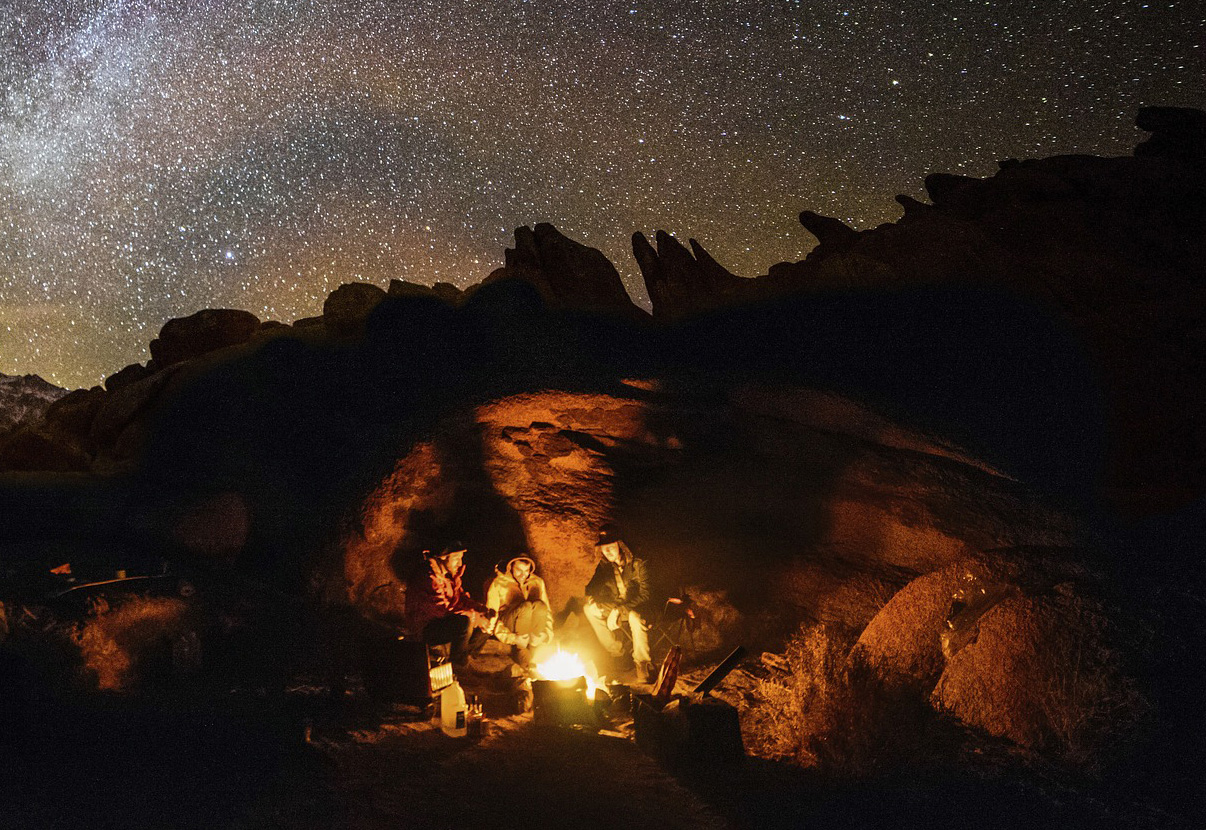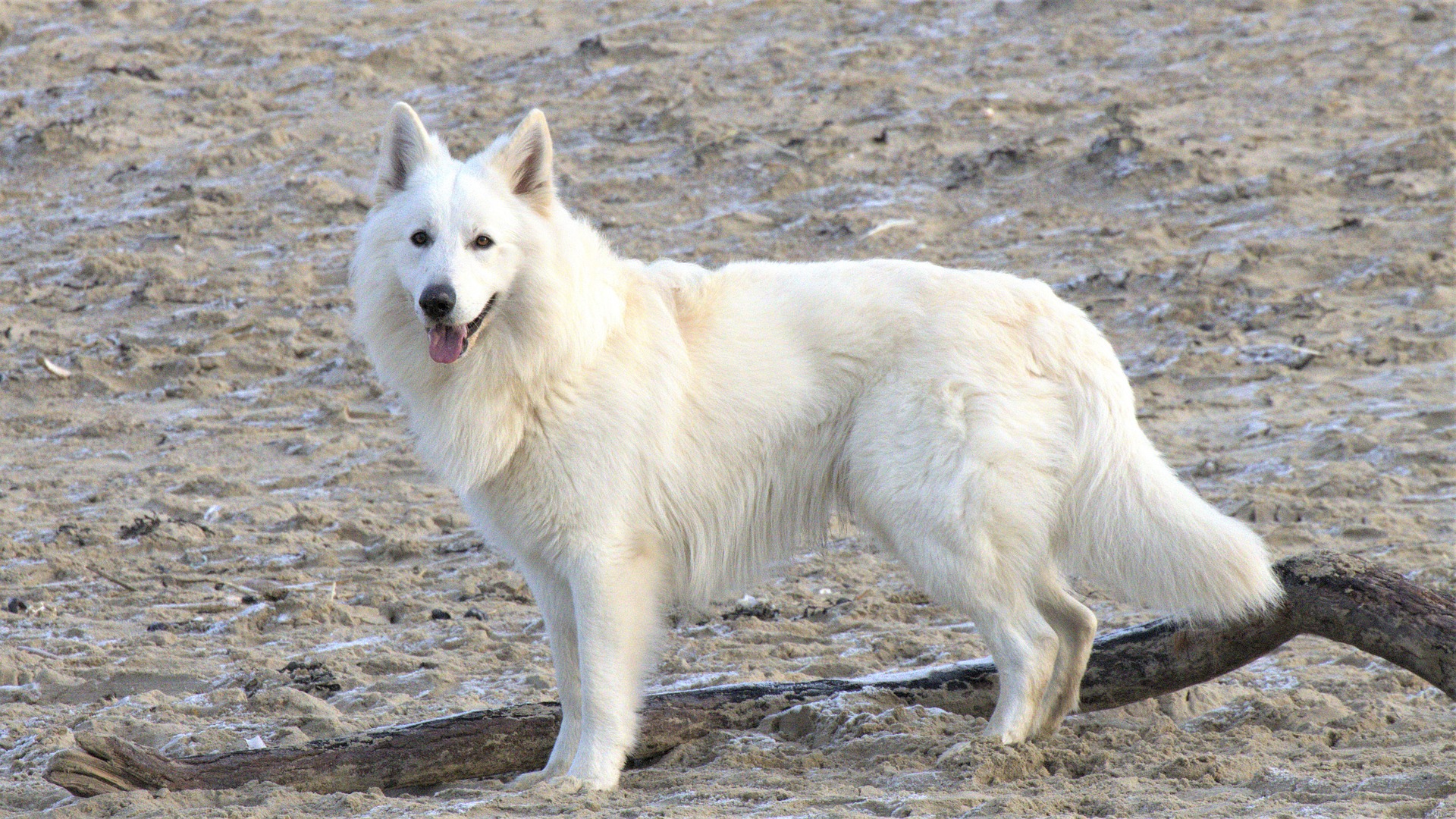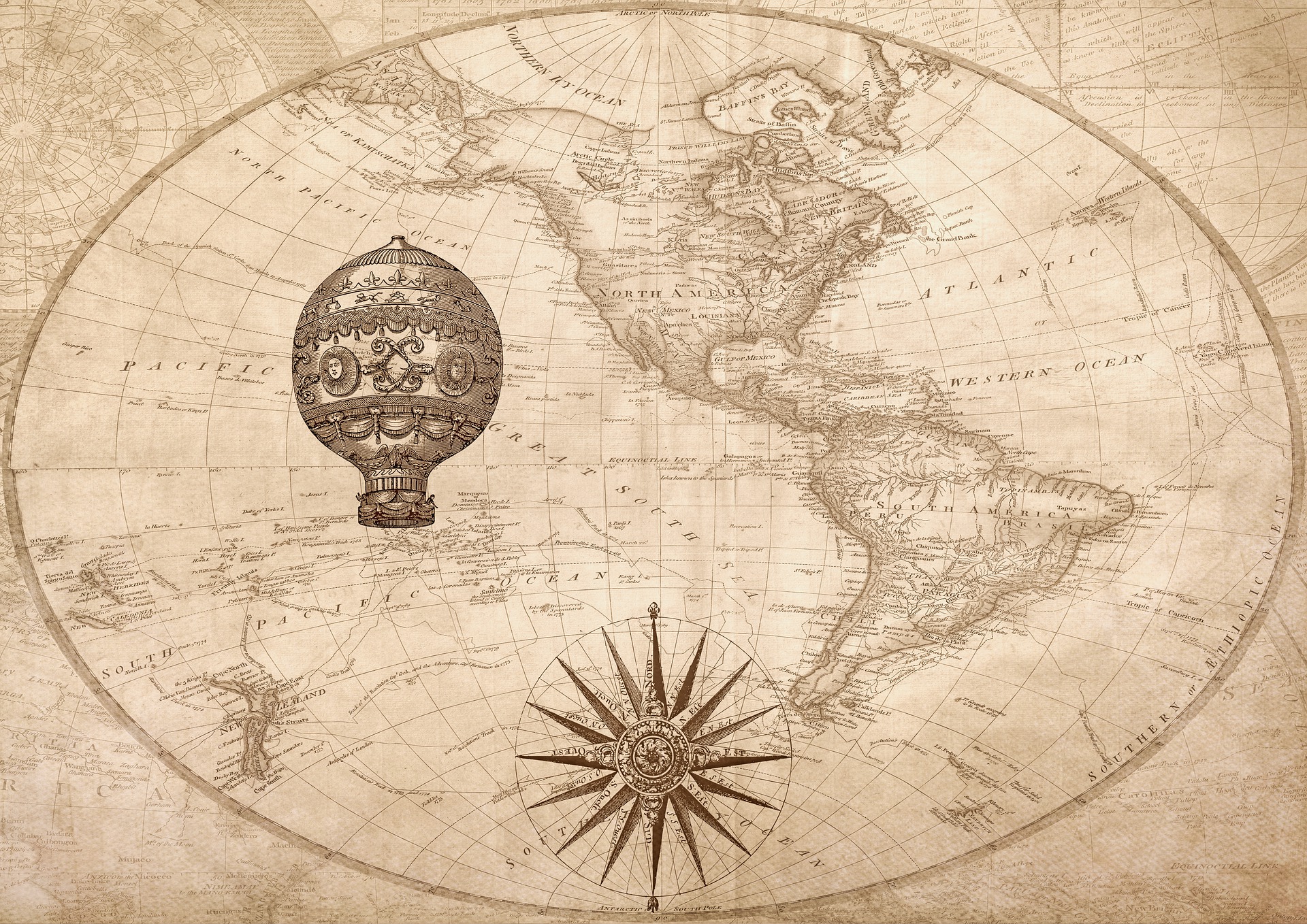Holisso Aiya Educational Adventures sprang into being at the natural springs in Southern Oklahoma’s Chickasaw National Recreation Area. Holisso is a Chickasaw word meaning Education and Aiya is a Chickasaw word meaning Walk or Walk of Life.
Chickasaw Legend of the Pole and the White Dog.
They were to repeat that procedure until Itti’ Fabassa’ Holitto’pa’ no longer leaned in any direction. When that happened, our ancestors would know it was a divine sign from Abaꞌ Bínniꞌliꞌ that their journey was over, and they had reached their Homeland.
As they discussed the journey, it was decided they should split into two groups to make traveling safer and easier. The brave young minko’ Chiksa’ would lead one group, and his equally brave brother Chahta, also a minko’, would lead the other.
During the next few days, the families busied themselves by packing their belongings and making other necessary preparations for the trip. At last, the eve of departure arrived.
That evening, the hopayi’ stuck Itti’ Fabassa’ Holitto’pa’ into the ground and retired for the night. The next morning, at the break of day, the sacred pole was carefully inspected and found to be leaning toward the east.
So, with Chiksa’ at the head of one of the parties, and Chahta at the head of the other, the group set out in the direction of the rising sun.
It was a sight to behold, this great caravan of people traveling on foot carrying all their possessions, each knowing with certainty that somewhere a home awaited them and that the sacred pole would lead them to it.
For a long time, the astonished people stood on the riverbank and stared in awe at the mighty watercourse. Today, that great river is known as the Mississippi.
That night the families sat around their campfires and talked joyfully to one another. Many of the people believed their promised land had been reached and felt sure the sacred pole would confirm their belief at daybreak.
But at sun up the next day, the people saw that the Itti’ Fabassa’ Holitto’pa’ still leaned toward the east, and they knew that home was somewhere on the other side of the wide river before them.
The people hurriedly set about constructing rafts, and soon the crossing was underway. Almost immediately, a serious mishap occurred that left our ancestors grief-stricken. The raft carrying their beloved white dog broke into pieces in the middle of the river. Ofi’ Tohbi Ishto’, who had managed to climb onto a piece of broken timber, could not be reached. The people could only helplessly watch as he was swept downstream and out of sight. That was the last they ever saw of their faithful guard and scout.
Many days were required to ferry all the people and their belongings to the opposite side, but, in time, they all arrived safely.
That was the beginning of the Chickasaw and Choctaw Nations. From that day on, the people that followed Minko’ Chiksa’, who were relatively few compared to the significant number who remained in camp, were referred to as Chickasaws, and those who stayed with Minko’ Chahta were called Choctaws.
After leading the Chickasaws farther eastward, Itti’ Fabassa’ Holitto’pa’ reversed its direction and guided the people westward. There, the sacred pole stood straight as an arrow. The Chickasaw people then knew with certainty that at last, they had found their Homeland and that their long journey was at an end.
What direction is your tti’ Fabassa’ Holitto’pa’, leaning?
adventure … nature … inspiration … mindfulness … peace … introspection … culture …
set the stage for self discovery and self improvement




